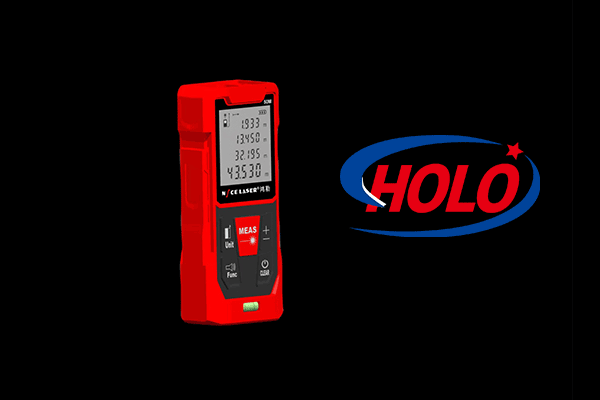The vehicle profile scanning system developed by a certain university, through laser ranging technology, precisely monitors the vehicle flow on the road and meticulously depicts the vehicle profiles. At high-speed or important traffic intersections, the laser distance meters are firmly installed on gantry frames, with their laser emission and reception directions perpendicular to the ground and accurately aligned with the center of the lane. Whenever a vehicle passes by, the laser ranging sensor can capture the relative changes in the distance values in real time, thus drawing the vehicle’s profile.
Given that the application environment of this system is mostly outdoors, the selected laser distance meter uses 905-nanometer invisible laser, ensuring a high resolution (reaching 1 cm) and a high measurement frequency (reaching 200 Hz). In most application scenarios, a ranging range within 200 meters can meet the requirements (the measuring range will be adjusted accordingly due to the influence of the high-brightness outdoor environment). At the same time, the laser ranging rate is also a key factor, usually needing to reach above 100 Hz.
In the monitoring of key road sections, this system performs excellently and can accurately distinguish various vehicle types. The scanning sampling rate for the vehicle body height is particularly precise. Even when the vehicle is traveling at a high speed (such as 40 km/h), it can still maintain a sampling rate of 10 cm per point. In addition, the system can also identify features such as the height limit and length limit of the vehicle in real time and quickly output relevant results.
In terms of vehicle flow monitoring, this system also demonstrates its unique advantages. When there are no vehicles passing by, the laser ranging sensor will return a fixed distance value; when a vehicle passes under the sensor, the distance value will change accordingly. By monitoring this change, the system can accurately determine and count the number of vehicles passing through this road section. Compared with traditional statistical methods (such as average statistics based on time periods or video statistics), the statistical method using a laser distance meter is more accurate and reliable, providing an efficient and practical solution for vehicle flow statistics.

